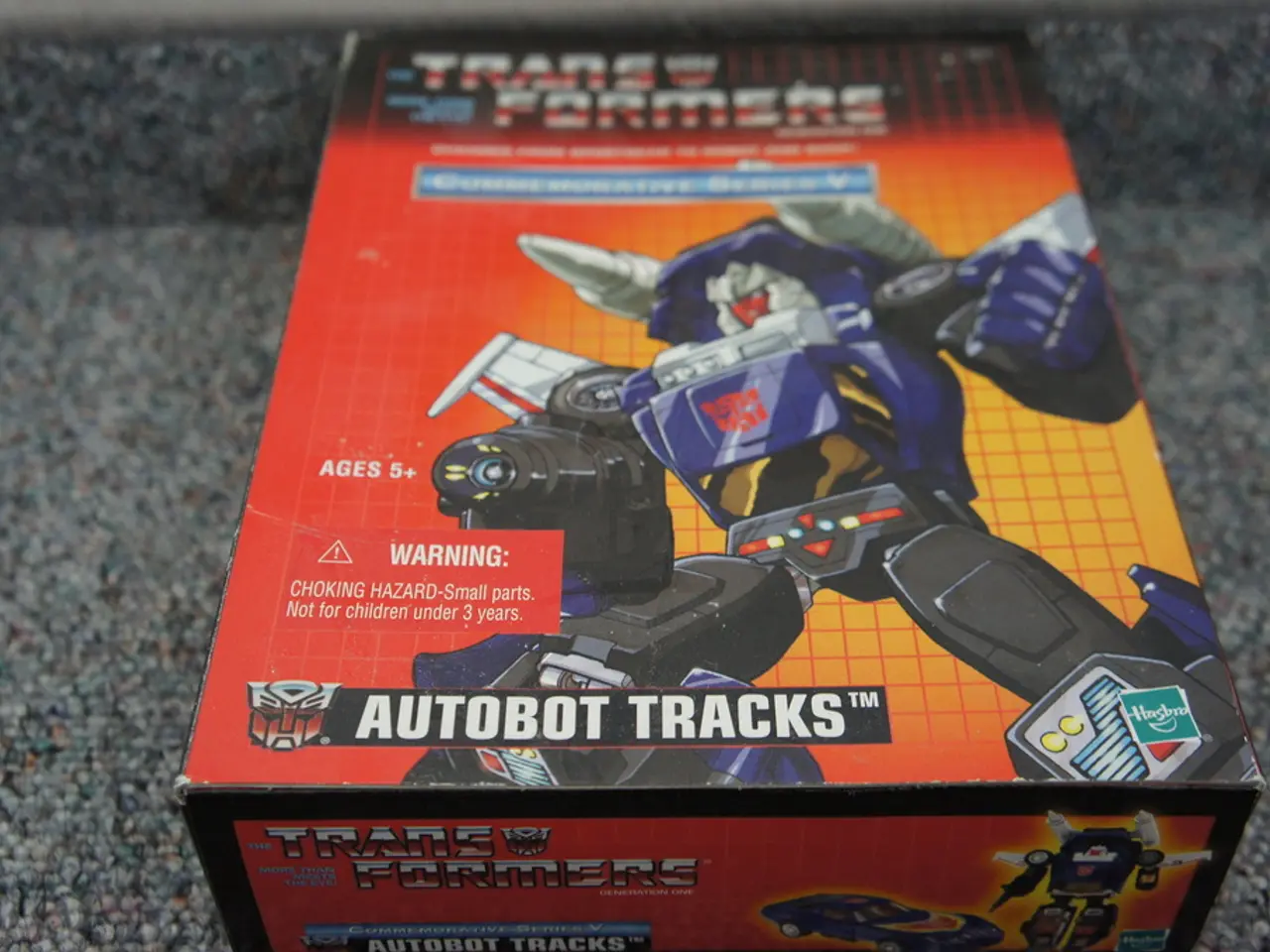Agile Robots Thrive in Real-World Settings: Evolution of Robots Adapting to Changing Environments
In the realm of technology, advancements in artificial intelligence (AI), sensor technology, and biomechanics have paved the way for highly agile robots. These robots, capable of navigating, adapting, and learning from their environments, are making a significant impact across various industries.
AI plays a crucial role by powering learning algorithms and decision-making processes. It allows robots to interpret complex sensory inputs and optimize their movements and behaviours through techniques like reinforcement learning. Sensor technology provides real-time, high-resolution data about the robot's surroundings and its own state, enabling precise interaction with dynamic environments. Breakthroughs in biomechanics inspire robotic designs that mimic biological systems for efficient and flexible locomotion.
For instance, muscle-inspired elastic-electromagnetic actuators, based on advanced manufacturing like 2D molding, allow robots to move efficiently while handling environmental resistance. AI-powered spatial intelligence incorporates physical laws such as gravity and friction into 4D scene modeling, enabling robots to learn complex human-like skills and interactions by observing videos and enforcing physical plausibility. Sensor systems combined with AI facilitate sophisticated perception and adaptation to surroundings, crucial for autonomous motion and task execution.
In the healthcare sector, robots are being deployed to assist paralyzed patients in regaining mobility. They are also used in care facilities to monitor patient vitals, deliver medications, and provide companionship to elderly residents. In the construction industry, robots are helping with site inspections, material transportation, and hazardous-area assessments.
Moreover, in wildfire-prone regions, aerial robots equipped with thermal imaging cameras are used to track fire spread and guide firefighting efforts. These robots can adjust their routes in real time and have revolutionized supply chain efficiency. Companies like Amazon and DHL are investing in mobile robots that autonomously navigate storage facilities in large-scale warehouses.
The future of robotics looks promising, with expectations of seeing fully autonomous search-and-rescue teams, robotic explorers navigating deep space missions, and personal robotic assistants that seamlessly integrate into everyday life. Future advancements in AI, energy storage, and biomechanics will make robots more autonomous, resilient, and adaptable.
One example of this is Unitree's R1, a humanoid robot that, although currently remote-controlled, integrates AI frameworks like ROS 2 for secondary development towards autonomy and agility, with voice control and adaptive capabilities demonstrated. Agile robots showcased at global events demonstrate the integration of AI-driven control, advanced sensors, and biomechanical designs to perform complex tasks such as boxing and strategic gaming.
The transition from lab-based prototypes to real-world applications is happening faster than ever in the field of agile robotics. These advancements mark a significant progress toward fully autonomous and versatile robotic systems, revolutionizing various industries and improving our daily lives.
Artificial intelligence (AI) provides the intelligence needed for robots to process complex sensory inputs and make decisions, enabling them to adapt and learn from their environments. Sensor technology in robots allows for real-time, high-resolution data about their surroundings and state, essential for precise interaction with dynamic environments.
Robots equipped with advanced sensors and AI are revolutionizing multiple industries, as seen in healthcare, construction, and wildfire management. For instance, AI-powered spatial intelligence allows robots to learn complex human-like skills, while sensor systems combined with AI facilitate sophisticated perception and adaptation to surroundings.




